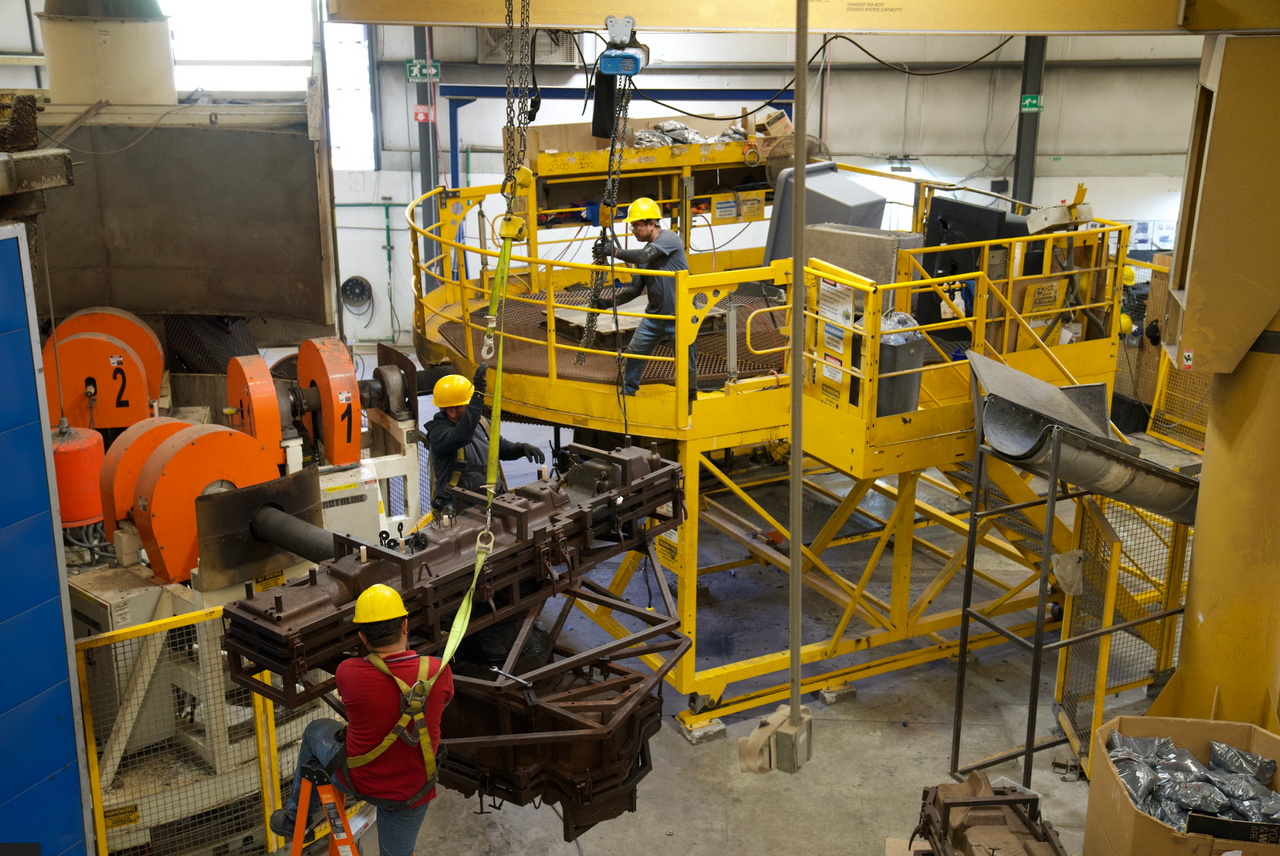
What is moldable in Rotomolding and what isn't
What You Can Mold and What You Can't with Rotomolding for Your Product Manufacturing Needs
If you're considering using rotational molding, also known as rotomolding, to manufacture your products, it's essential to understand what this versatile plastic manufacturing process can and cannot achieve. This knowledge will help you make informed decisions and design products that are well-suited for rotomolding.
What You Can Mold with Rotomolding for Your Product Manufacturing:
- Hollow Shapes: Rotomolding is exceptionally adept at producing hollow objects. This includes containers, tanks, and even intricate shapes with interior voids. The process involves heating and rotating a mold filled with powdered plastic until it coats the interior and forms a solid part.
- Variety of Materials: Rotomolding is compatible with various thermoplastics, such as polyethylene, polypropylene, and PVC. Different materials offer distinct properties, allowing you to choose the best fit for your product's requirements.
- Multi-Layer Structures: Some products may require multiple layers to achieve specific properties, such as UV resistance or barrier properties. Manufacturers can incorporate these layers during the rotomolding process.
- Textured Surfaces: You can create textured surfaces on rotomolded parts, enhancing aesthetics or improving grip on handles and surfaces.
- Metal Inserts: Rotomolding allows for the insertion of metal components or reinforcements during the molding process, enhancing the structural integrity of your final product.
What You Can't Mold with Rotomolding for Your Product Manufacturing:
- Solid Parts: Rotomolding is primarily suited for hollow parts. Creating solid plastic objects is not efficient or cost-effective with this process.
- Complex Internal Features: While rotomolding can produce intricate external shapes, it struggles with complex internal features, such as thin walls, undercuts, or fine details. These are better suited for injection molding or other methods.
- Extreme Precision: Rotomolding is a relatively low-precision process compared to methods like injection molding. It's challenging to achieve tight tolerances and precise dimensions in rotomolded parts.
- High-Volume Production: While rotomolding is suitable for producing large parts, it may not be the most efficient choice for high-volume production due to longer cycle times compared to other methods.
- High-Temperature Materials: Rotomolding operates at lower temperatures than some other plastic molding processes. Materials that require high processing temperatures are not suitable for rotomolding.
Conclusion for Your Rotomolding Manufacturing Needs:
Rotomolding is a versatile manufacturing technique that can be a great fit for many products, especially those with hollow structures. It offers design flexibility and can produce durable, high-quality parts. However, when designing your products for rotomolding, keep in mind its limitations, such as challenges with complex internal features and high-precision requirements. If your product aligns with the strengths of rotomolding, it can be an excellent choice for your manufacturing needs. Consider consulting with our experienced rotomolding professionals to optimize your design and manufacturing process.



